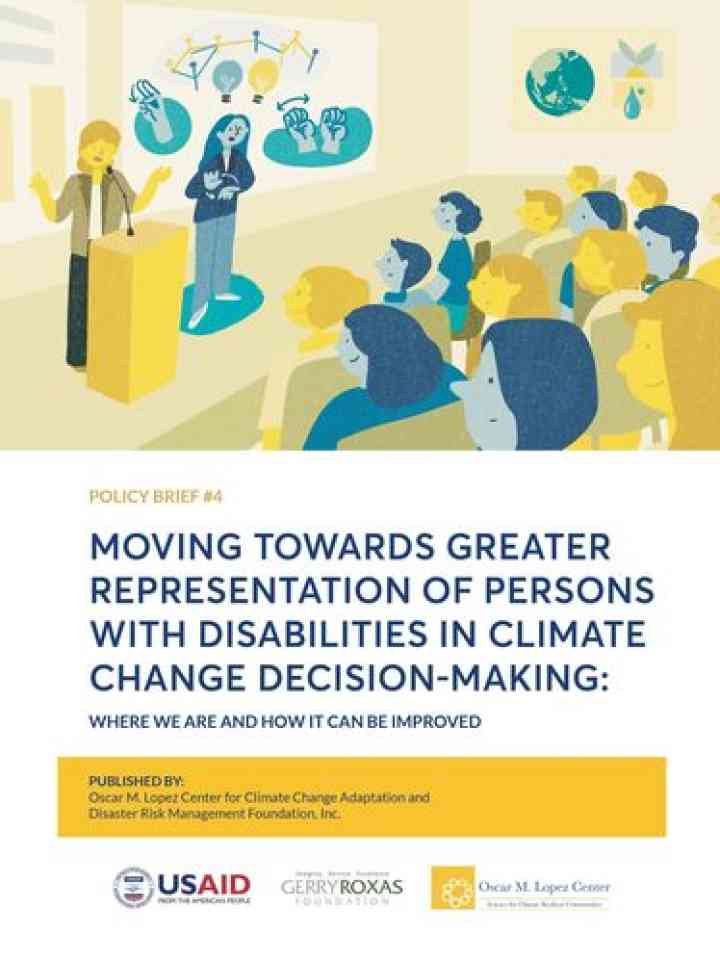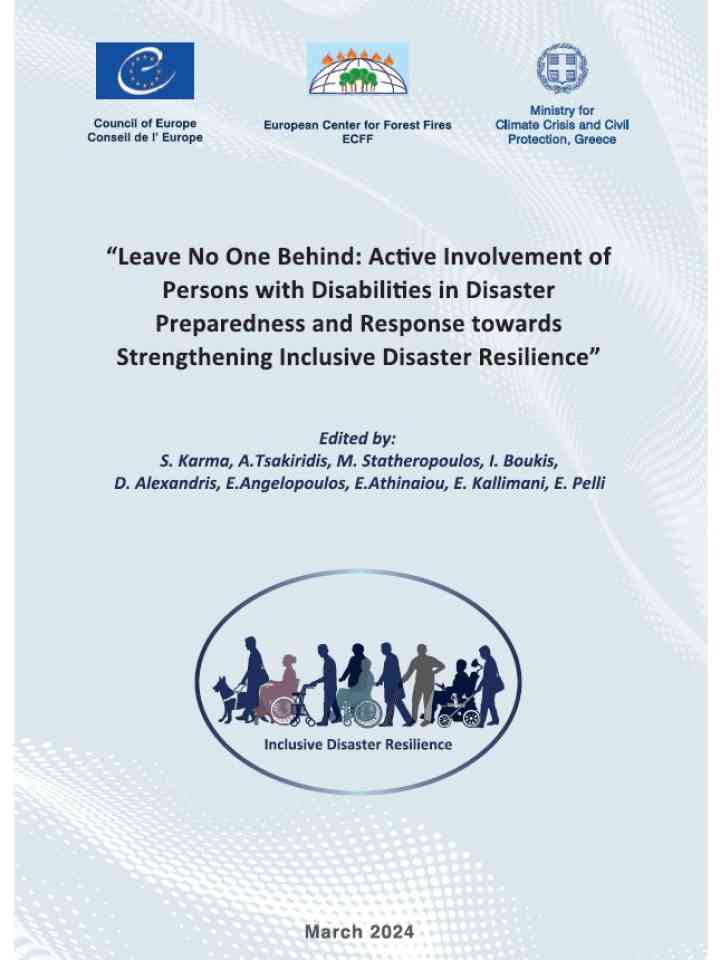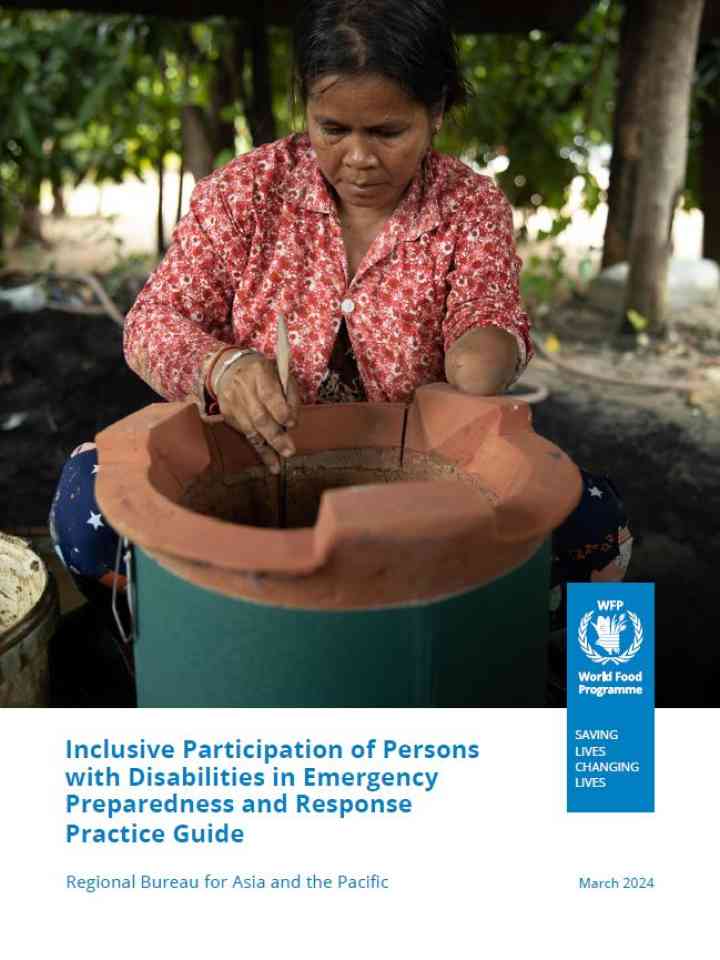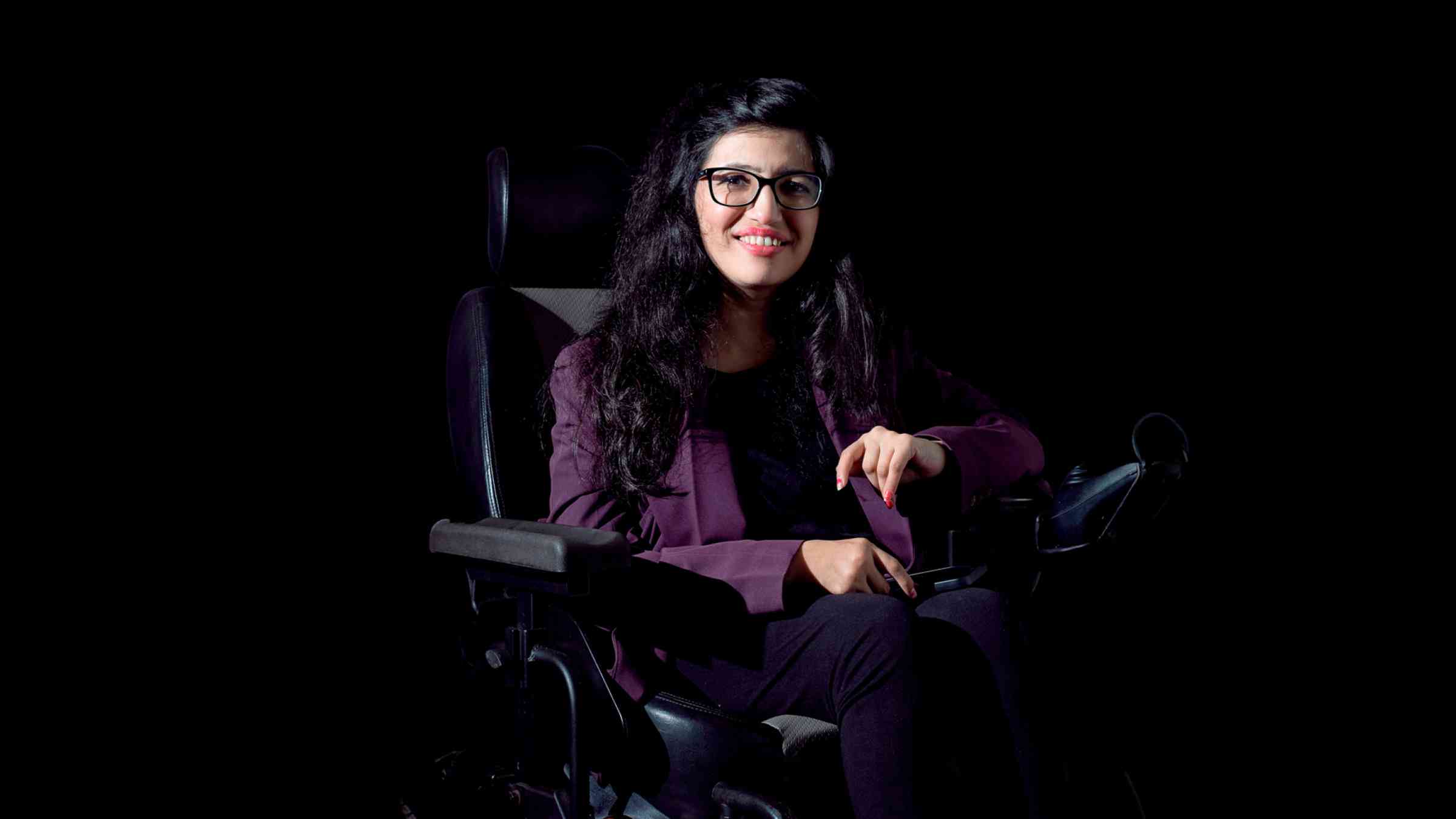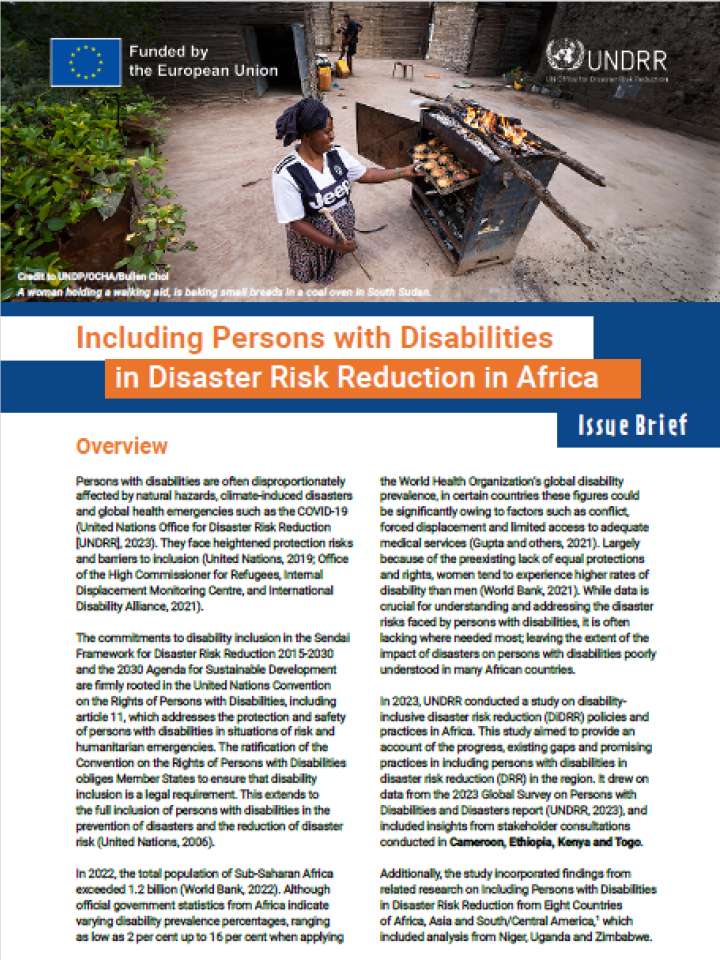Disability and disaster risk

Introduction
Persons with disabilities comprise 16% of the world’s population with 80% of persons with disabilities living in the Global South. Persons with disabilities are frequently the most affected by natural hazards, climate-induced disasters, and global health emergencies, such as the COVID-19 pandemic.
Disability is a risk multiplier that cuts across identity characteristics and social determinants, such as gender, age, and socioeconomic status, and amplifies pre-existing social inequalities and power imbalances. Disability is diverse and how exclusion is experienced varies with many persons with disabilities, including persons with cognitive and psychosocial disabilities, further marginalized and underrepresented in decision making.
The Sendai Framework for Disaster Risk Reduction 2015-2030 recognizes persons with disabilities as contributing stakeholders, emphasizing the need for inclusion in all DRR policies and practices. Similarly, the 2030 Agenda for Sustainable Development commits to leaving no one behind and to end poverty for all people in all its forms. Achieving the sustainable development goals (SDGs) will be reliant on reducing and preventing disaster risk and ensuring inclusion for all.
This resource guide includes case studies, challenges and best practices to ensure the full participation of persons with disabilities in disaster risk reduction.


